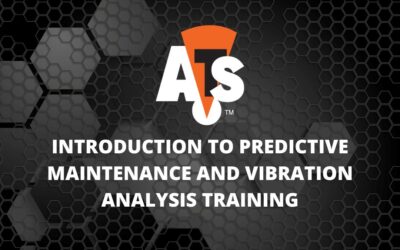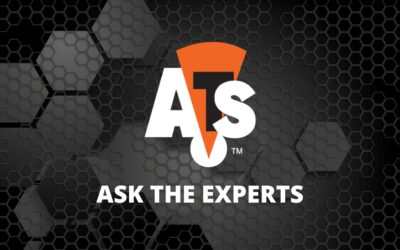 The first step in establishing a predictive maintenance (PdM) program is determining which assets will be monitored. In an ideal world, every piece of equipment on the floor would be covered, but most of the time, that simply isn’t feasible or realistic. Condition monitoring requires a significant investment of manpower and funds. Establishing a list of critical equipment will mitigate the time, effort, and cost required to get the PdM program off the ground.
The first step in establishing a predictive maintenance (PdM) program is determining which assets will be monitored. In an ideal world, every piece of equipment on the floor would be covered, but most of the time, that simply isn’t feasible or realistic. Condition monitoring requires a significant investment of manpower and funds. Establishing a list of critical equipment will mitigate the time, effort, and cost required to get the PdM program off the ground.
The process of determining which assets are critical in a facility should include input from a team of experts across many departments. The team considers the expected performance of the system, all possible failures of the system, the effect of these failures, and the means and cost to prevent such failures. Any asset which would cause a significant impact to production, safety, and/or the environment upon failure can likely be deemed a critical machine.
Lead time and the availability of spares are often considered part of the equation. For example, a backup pump fails, and the lead time to procure a replacement is 3-5 months. Without any monitoring, how can the plant be assured that the remaining pump can operate during that lead time without any issue? Regularly collecting data on machines with long lead times for spare parts will help mitigate the inherent risk. Trending data analyzed over regular intervals will determine the rate of change for the asset’s various failure modes, and that can be used to make determinations about what preventive maintenance measures must be planned and how soon they must be completed.
Once a criticality list has been established, suitable predictive technologies and the interval of data acquisition can be selected to properly monitor the asset health. Financial and manpower requirements can be estimated thereafter.






0 Comments